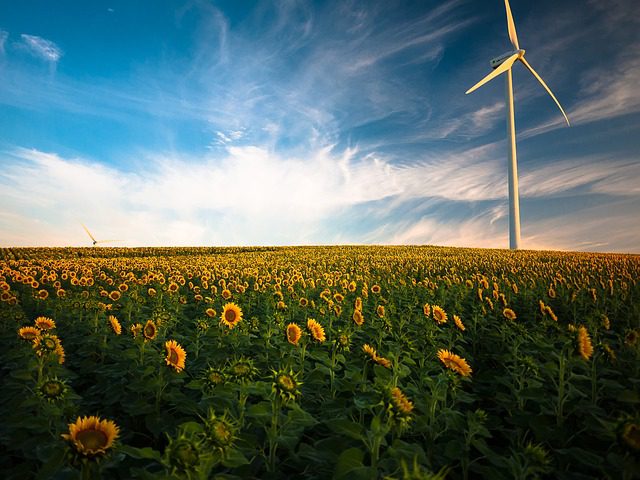
Climate change has contributed to a range of environmental issues such as the loss of the world’s fertile soil, biodiversity, indigenous plants and seeds, and shifts in weather patterns; it continues to pose a threat to the future survival of humanity. According to scientists, if not effectively addressed in the next 50 years, the rates at which chemical pollution, decarbonization, soil erosion, and desertification are taking place will not only endanger human health, but we will no longer have adequate arable topsoil to grow food for humanity.
Failure to protect and regenerate the topsoil on the over 4 billion acres of cultivated farmland, the 10 billion acres of forestland, and the 8 billion acres of pasture land may lead to gross inaccessibility to food. Keeping global warming to below 2 degrees Celsius under such circumstances may not be possible. The great thing about regenerative agriculture is that it does not harm the land but instead improves it. It entails practices that revitalize the soil and environment.

Regenerative Farming Practices
Practicing regenerative agriculture improves soil quality and health, leading to productive farms and healthy communities. It is normally undertaken in a dynamic and holistic way as it incorporates organic farming practices and permaculture. It also includes practices such as conservation tillage, crop rotation, planting of cover crops, pasture cropping, mobile animal shelters, and composting, amongst others.
Reasons for Adopting Regenerative Agriculture
As a way of decreasing greenhouse gas emissions; embracing a new food production system that is sustainable could help address the negative effects of climate change. The current industrial farming system is responsible for about 44% – 57% of global greenhouse gas emissions. Shifting to regenerative agriculture could have a huge positive impact on the environment.
Reversal of greenhouse gas emissions is, however, not adequate. Land should be managed in a way that enables the capture and storage of carbon from the atmosphere. Regenerative agriculture involves practices such as no-tillage of land, or crop rotation, and such makes it possible for carbon to be stored in the land.

Nurture’s Biodiversity
Biodiversity is quite fundamental to agricultural production and ensures food security. It is also a valuable element of environmental conservation. One-third of Earth’s surface is covered by grassland and about 70% of it has been degraded. Engaging in regenerative agriculture ensures restoration of the degraded land, as measures are undertaken to conserve grasslands.
Preservation of Traditional Farming Knowledge
Some of the regenerative agricultural practices are similar to traditional farming practices that ancient communities used to help conserve the environment and biodiversity. Having an understanding of indigenous farming practices can be of great benefit as they tend to reveal vital ecological clues that can be utilized for the development of organic agricultural systems.
Embracing regenerative agriculture makes it possible for soil health to be improved to the extent that it even becomes drought resistant. The addition of organic matter to the soil increases the soil’s water-holding capacity. Also, through regenerative agriculture, soil organic matter gets built.
For more information on regenerative agriculture; visit EAT Community and get to also engage with expert farmers that are committed to championing planet health.
Related Articles and Resources:
- How Climate Change has led to Loss of Biodiversity
- Understanding the Impact of Climate Change on Soil Health
- Understanding the Nitrogen Problem in Agriculture
- Regenerative Agriculture
- What is biodiversity?



